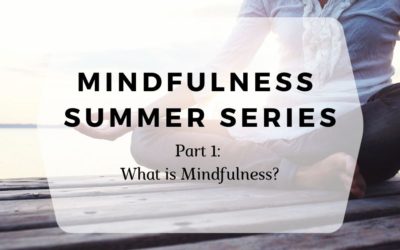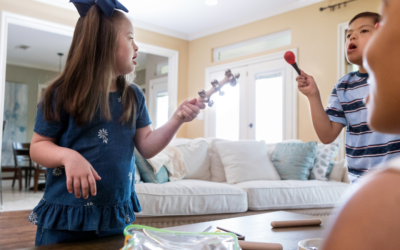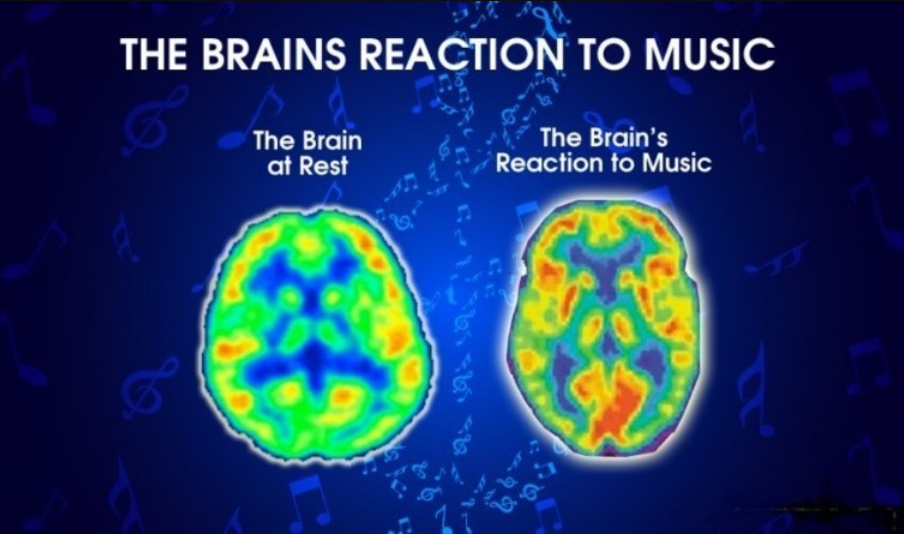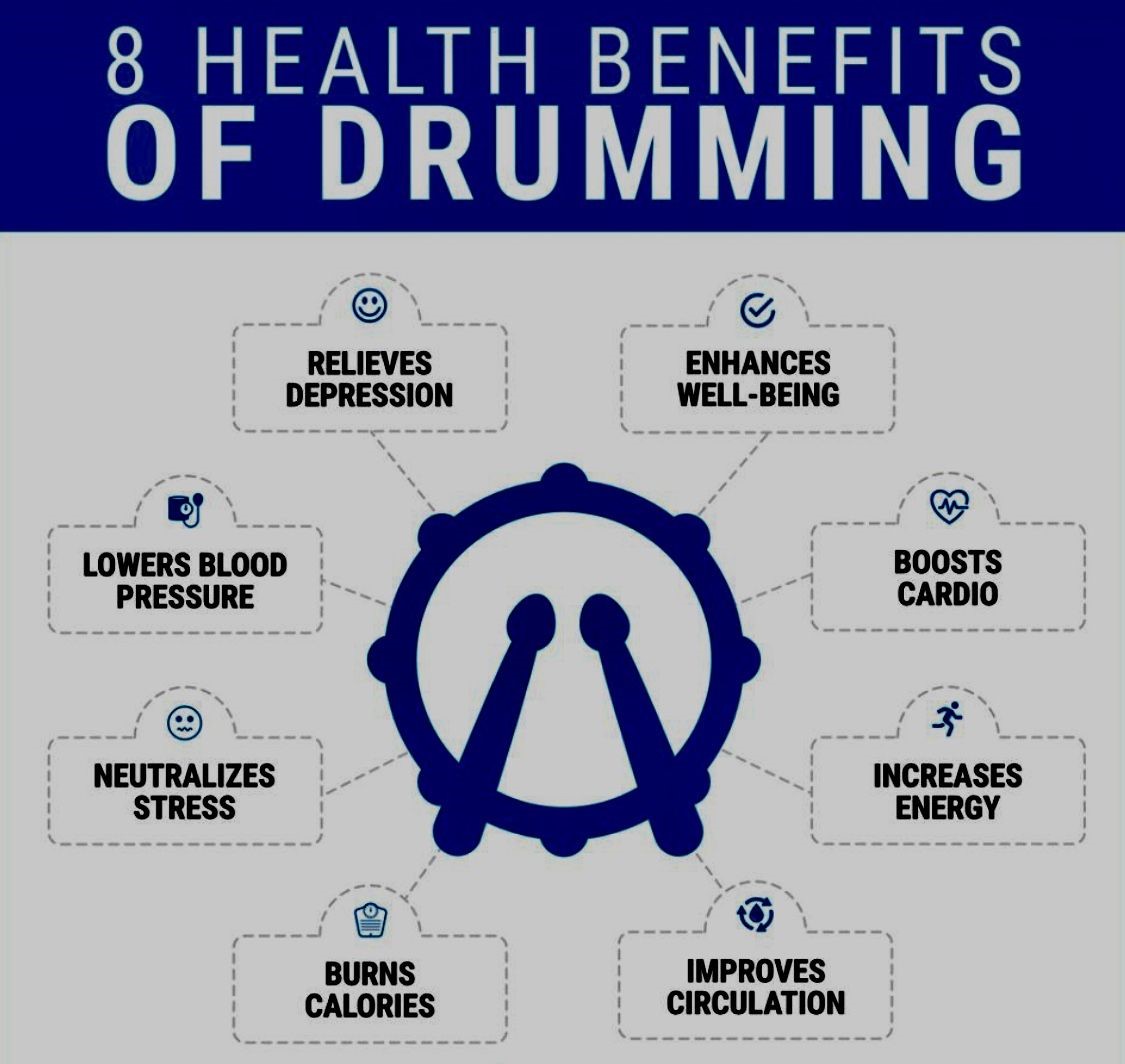
8 Strategies For Quality Sleep
Getting less than the required amount of sleep can affect your health, your mood, and your brain’s ability to function. This is true for children and adults. The longer you go without the sleep you need, the more the harmful effects compound. The recommended hours of sleep fall between 7-8 hours. So, it pays to make sleep a priority every night of the week, even if you need to cut back on some of your current evening activities.
If this is hard for you or your family, you are not alone. We know that more than one-third of adults are sleep deprived. https://www.cdc.gov/media/releases/2016/p0215-enough-sleep.html
10% of children in the United States have a sleep issue. The percentage rises to 50% to 75% in children with mental health and neurologic/developmental disorders. In addition, children need even more sleep than adults. Children ages 5 to 10 need 10 to 11 hours of sleep; those ages 10 to 17 require 8.5 to 9.25 hours. Children are getting enough rest if they can fall asleep within 15 to 30 minutes after going to bed, wake up easily at the correct time, and are awake and alert all day without napping.
What happens when you sleep?
Blood pressure drops
Breathing becomes slower
Muscles are relaxed
Blood supply to muscles increases
Tissue growth and repair occurs
Energy is restored
Immune system is strengthened
Hormones are released, such as: Growth hormone, essential for growth and development, including muscle development
For these reasons and more we want to be sure to make sleep a priority. Sleep’s most obvious benefit is energy. With a good night’s sleep, your mind is alert, and your body is responsive and resilient. You can learn more quickly and better remember what you learned. Your judgment is more likely to be on target, and your reaction time optimized. On the other hand, lack of sleep can negatively affect your mood and your ability to think and function. Your productivity and your creativity are likely to be compromised as a result.
Over time, lack of sleep can have consequences on your physical health. Heart disease, high blood pressure, weight gain, diabetes, depression, and anxiety are among the many conditions that have been linked to insufficient sleep.
8 Strategies for Sound & Sustained Sleep
- Go to bed and get up at the same time every day, even on weekends.
- Dim the lights after dusk.
- Get blackout curtains if very sensitive to the light.
- Put electronic devices away 60 minutes prior to laying down.
- Get thirty minutes of exercise each day.
- Watch what you eat in the evening including, avoid caffeine, nicotine, alcohol & hard to digest food.
- Set the temperature in the room around 65 degrees.
- Practice relaxation such as mindfulness, deep breathing, and music listening.
We suggest the following music for relaxation and sleep. Each one is unique in its composition. Try all of them to determine if one is more helpful than another.












